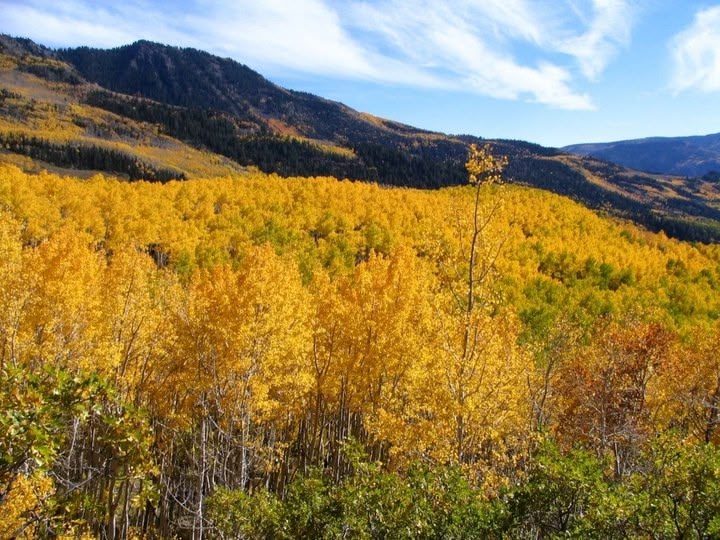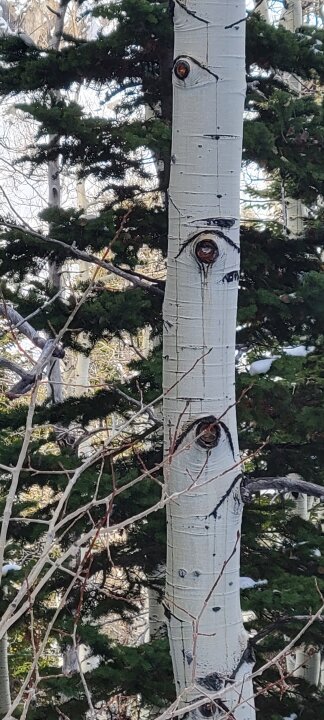Did you know: about the Aspen Grove, largest organism in the world?
the Pando aspen clone in Utah's Fishlake National Forest is considered the world's largest living organism:
Size:
Pando is estimated to weigh 13 million pounds and covers 106 acres.
Origin: Pando is believed to have grown from a single seed at the end of the last ice age, about 2.6 million years ago.
Structure:
Pando is made up of over 40,000 individual aspen trees that are genetically identical and connected by a single root system.
Name:
The name "Pando" comes from the Latin word pando, which means "I spread".
Location:
Pando is located in central Utah, a mile east of Mallard Bay in Fishlake National Forest.
Threats: Pando is threatened by overgrazing from deer and cattle, as well as pests and diseases.
Pando is a keystone species that supports a diverse community of plants and animals. Aspen trees have several unique characteristics, including:
Fire resistance: Aspens are more resistant to fire than other native trees.
Photosynthesis: Aspens can photosynthesize through their white bark, even after their leaves have fallen.
Cloning: Aspens can clone themselves, with roots sprouting new trees that share the same genetic makeup.
Size:
Pando is estimated to weigh 13 million pounds and covers 106 acres.
Origin: Pando is believed to have grown from a single seed at the end of the last ice age, about 2.6 million years ago.
Structure:
Pando is made up of over 40,000 individual aspen trees that are genetically identical and connected by a single root system.
Name:
The name "Pando" comes from the Latin word pando, which means "I spread".
Location:
Pando is located in central Utah, a mile east of Mallard Bay in Fishlake National Forest.
Threats: Pando is threatened by overgrazing from deer and cattle, as well as pests and diseases.
Pando is a keystone species that supports a diverse community of plants and animals. Aspen trees have several unique characteristics, including:
Fire resistance: Aspens are more resistant to fire than other native trees.
Photosynthesis: Aspens can photosynthesize through their white bark, even after their leaves have fallen.
Cloning: Aspens can clone themselves, with roots sprouting new trees that share the same genetic makeup.


















